
Scottish Water is asking people to conserve water after a very dry summer. Scotland is "experiencing exceptional circumstances due to a significant rainfall deficit." More usual for SE England and London.
In these topsy turvy times, when little feels as it should, southern England has had a lot of rain this year and Scotland now has water supply concerns. With shortages of petrol, lorry drivers, plastic toys in time for Christmas and worries about gas supplies, are we adding water to this troublesome list?
“We need heavy and prolonged rainfall to get reservoir levels back up towards normal levels for this time of year. “ Scottish Water “We are asking households and businesses to be extra vigilant now, to reduce demand and keep our water resources flowing”.
Scottish Water and SEPA (the Scottish Environmental Protection Agency) issued a joint press release last week calling for people across Scotland “to use water efficiently this autumn to help maintain normal supplies.”
There just hasn’t been enough rain over many months. Rivers hold some water storage in their flow even when it’s not raining. The natural water storage is in lochs, lakes and groundwater across Britain and there are also built reservoirs. When the natural storage is depleted, it takes a lot of rainfall to make it up again.
Southeast England and London might expect this kind of thing in the height of summer but Scotland, in October? The North and West of Scotland have experienced its driest April-September in 160 years, whilst for the country as a whole, it was the second driest on record for the same period. Looking back in 2020, NE Scotland, the far north and Northern Isles were all drier than average and winter 20/21 was drier than average for the NW Highlands and Islands.
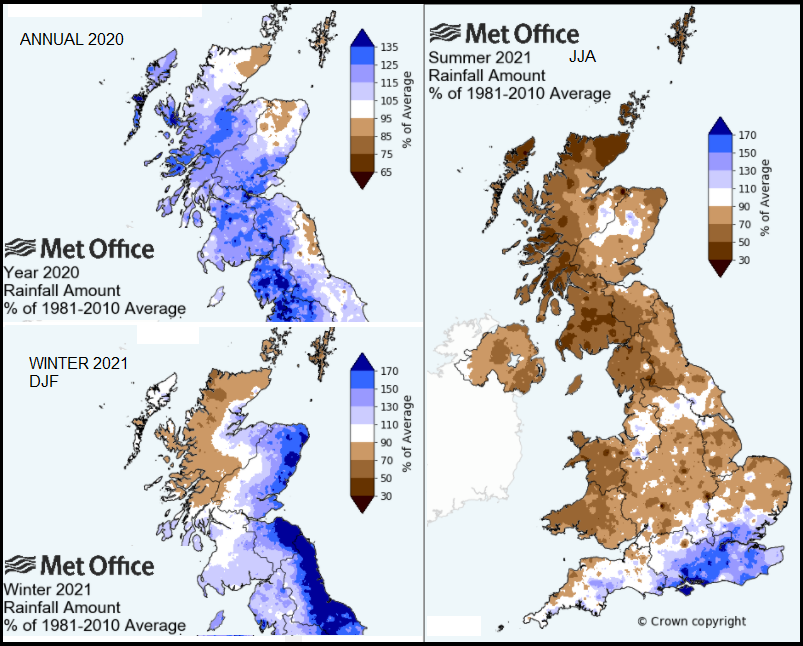
Conversely parts of East Anglia saw 200% of their usual rainfall in Dec 2020 and for Kent and south London January 2021’s effective rainfall equated to 250% of the monthly long-term average according to the Environment Agency EA. Ground water levels were normal to notably high.
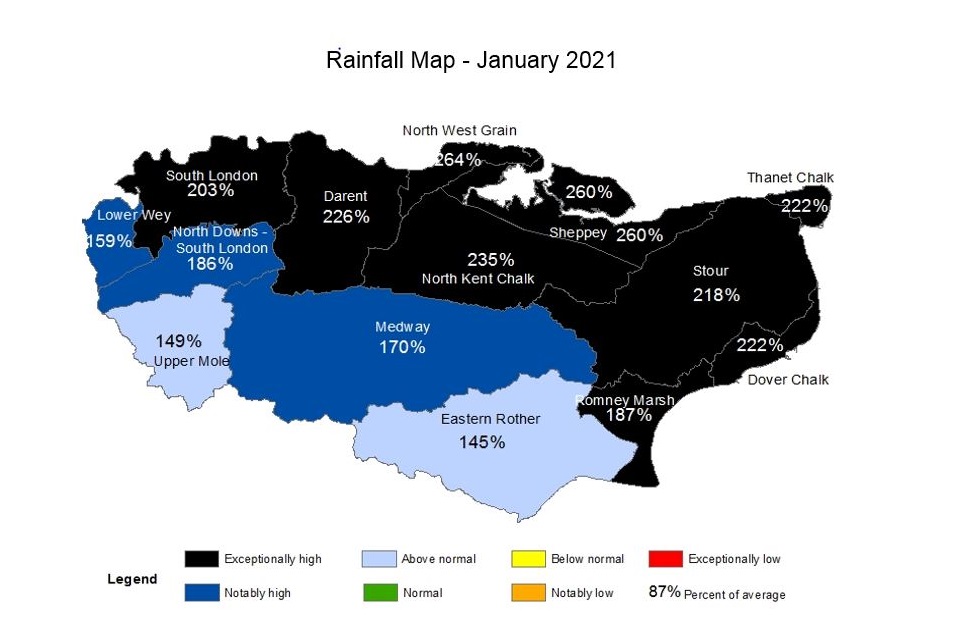
Environment Agency map
More recently, you might remember that one day of torrential rain when central London saw flooded streets before dawn as the drains and sewers failed to cope with the huge rainfall totals. One spot in the Scottish Borders had 100mm of rain and for SE Scotland and NE England it rained all day but more than this is needed. After a day like that, these efficiency calls may initially be difficult to grasp.
A few wet days are not enough. It’s like there is some food on the supermarket shelves. However, that is because one HGV has just made a delivery overnight, but the main warehouse is nearly empty. And without some really good, sustained deliveries in the coming months there are going to be problems. It’s all so familiar.
"This is an unusual call in the autumn, but we are experiencing exceptional circumstances due to a significant rainfall deficit." Sscottish Water
This is about supply and demand, including climate and seasonal data but also now water consumers being asked to assist, even “tighten our belts”. If people consider their own water usage, all these small contributions added together will make a difference. Until the ‘warehouse’ is restocked. SEPA is saying that double the normal amount of autumn rain is needed to return water levels in some parts of Scotland back to usual levels. If winter 2021/22 is drier than average, there will be impacts on the supply in 2022.
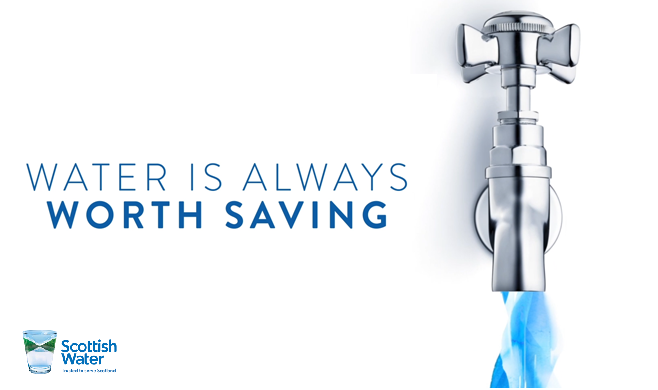
Water-saving should be in our minds anyway, certainly for other parts of the UK. But the unusual announcement for Scotland is quite a wake-up call. This resource needs respecting, not taking for granted, along with more carefully planned long-term management and investment. Water-saving habits need to become part of our lives even in winter as this can impact spring and summer water resources.
“Showers and baths us the most amount of water in the home (30%) and make up around a fifth of the average households energy bill. Knocking 1 minute off your shower can save over 2,600 litres of water and 27kg of CO2 per person per year. “ Scottish Water
Concerns have been highlighted throughout 2021. Orkney has had water scarcity notices from SEPA for months, there are various levels of these. Wick was at Significant scarcity in August and September. A water scarcity index is a measure of how exceptional a period of water scarcity is. These draw in river flow data and the soil moisture deficit, looking at groundwater and reservoir levels in the area and forecast rainfall. The highest levels are Significant scarcity: temporary suspension of water abstraction, very low flows, high or very high soil moisture deficit, no significant rain forecast and Extreme water scarcity; “protect key water supplies”. The reservoir levels from Scottish Water include Drought Watch/Warning/Impact then Emergency Storage level. Serious stuff.

In the run up to COP26, being held in Glasgow in November, the impacts of climate change are being looked at in many areas such as Carbon emissions and net-zero, but water security is also very important. It is the sixth of the UN Global Goals “To ensure clean water and sanitation for all”. Think of California and Australia, this isn’t just an issue for the Developing World. Drought leading to mass migrations and conflict, water stress, health impacts from something as simple as being able to wash our hands. For us in the UK we need to secure long-term reductions in water use, our current ways can’t continue. Each water board/authority has water-saving advice on its website but is it hitting home. School children all know not to leave the tap running whilst brushing their teeth, but more will be needed, everyone doing a small bit. It adds up to an important overall contribution alongside larger strategic plans.
The Met Office predicts that the UK will see hotter and drier summers. Winters will be warmer and wetter, but the rainfall could come in extreme events with flooding. Heatwaves will cause drought with water abstraction strain. Our current hot weather behaviours add into the overload; hosepipes, paddling pools, Air-Con, extra showers, watering the gardens and lawns. Whilst still being out in the midday sun. As weather patterns seem to get stuck, it can be certain parts of the UK that receive too much rain and so flood whereas others see too little. Autumn and winter rainfall is very important. This is when the reservoirs fill and replenish their storage capacity. The impacts from drier weather last winter in the Highlands have lingered all year. Southeast England has seen plenty of rain over the past 12 months. Usually, there are concerns about not enough public supply in the future with such population density. In hot weather, it’s not just about how much water there is but also the water quality. Lower reservoir levels can lead to water quality impacts. This is being monitored closely in parts of the Central Belt of Scotland.
Will we be moving water about as they do in other countries? Transporting or piping it down south? Thames Water has built the UK’s first water desalination plant, it is huge in East London. It takes water from the outgoing tide (brackish water) on the shore of the Thames Estuary. However, it is only used in times of drought, like the one in Jersey as they are expensive to run, using several times more energy than normal water treatment.
“The new plant cost £250m and can produce 140-150 million litres of water per day, which is enough for one million people in north-east London.”
20% of London’s water supply is from groundwater, the rest comes from rivers. It also relies on winter rainfall to get topped up. A dry winter would probably result in the need for the desalination plant in the following summer.
Scotland’s climate (particularly in the west) is nothing like southeast England’s, but Scottish Water said that they are only able to access around 1% of the rain which falls in Scotland. SEPA license Scottish Water to use some reservoirs, lochs, rivers and boreholes. With an average winter, the reservoirs in Scotland should be full by April. The antecedent conditions mean that double the average rainfall is needed this time.,
As the climate warms and with these drier times there is still ongoing high demand for water, on tap. It doesn’t add up, in Scotland, for the UK and across the world.
The UK Committee on Climate Change CCC reported that by 2050 with drier and hotter summers “average temperatures are projected to increase by 1.5 degrees and rainfall decrease by 10%”
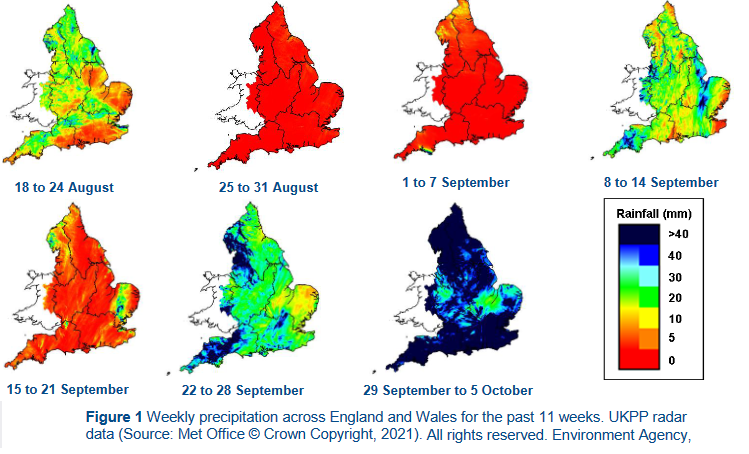
Variation in rainfall amounts over England and inland Wales in past months
Other parts of the world suffer from heat waves and water shortages year in year out. Desalination plants are part of life. Yet these need power and attract extra costs, fuel costs are already an issue. Our population continues to grow, more people, more drinking water and sanitation is needed along with industry and agriculture. If we are forecast to have less rainfall in summer, that reduces the river flows and will affect the Hydro plants. There has already been a lack of wind power in recent months thanks to lingering high pressure in 2021. Everything is intertwined.
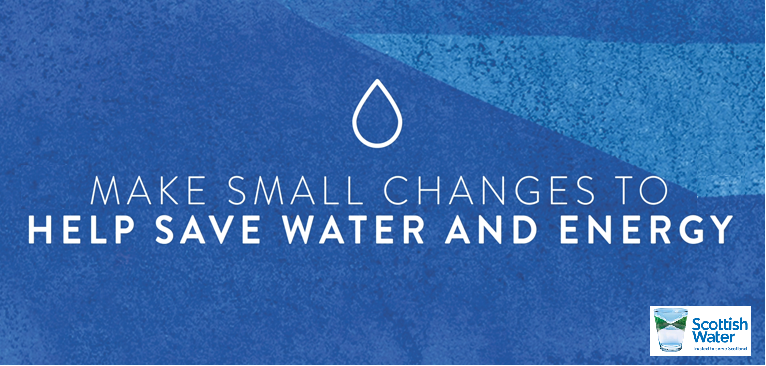
Shorter showers, getting that dripping tap fixed, looking for a full load for the washing machine or dishwasher. Think about the amount of water you are using when washing a car, is the jet washer needed? It’s not really paddling pool season but is it time to invest in a water butt? These might be popular in England where water meters are more prevalent but Scottish Water includes them in their water-saving tips. Use leftover cooking water or empty your water bottle on pot plants or the garden. Get ready for winter, will your pipes be okay as a burst one will waste a lot of water. Wash your car when it rains, it’s a free rinse.
Big stuff needs to happen as well, detecting and sorting leaks across the network is very important. Businesses and commercial premises are being asked to reduce non-essential water use. Across the UK, new reservoirs are being planned and built
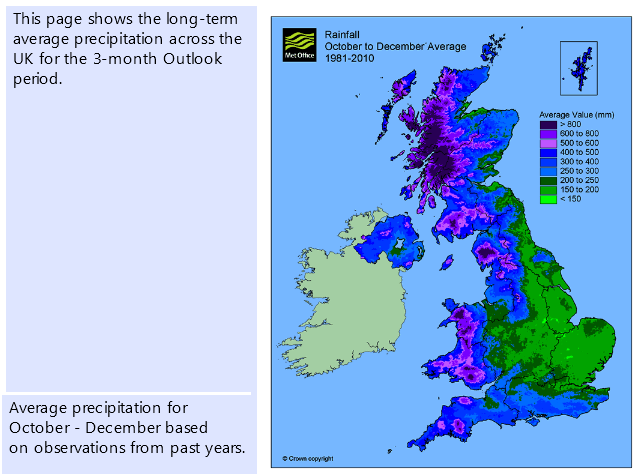
High pressure is once again over the UK but there has been a more westerly flow bringing some rain to the NW Highlands. There has been a significant improvement in river levels across most of Scotland. “However, recent rainfall has not been sufficient to significantly improve loch and reservoir storage, as well as groundwater levels, which remain low. To offset this storage deficit, a prolonged period of above-average rainfall is needed.”
The UK Met Office’s 3-month contingency planning forecast summary says “Likelihood leans towards mild conditions and wet conditions” as a broad overall theme. The more usual Atlantic flow would bring more rain to the drier parts of Scotland in the coming months, but we’ll have to see how much and, meanwhile, keep thinking about those water-saving tips.
This year’s UN World Water Development Report 2021 has the title of “Valuing Water”. It looks at the current status of water resources around the world and highlights the need for improved water resources management. It needs valuing here in the UK.
“Even though it is not always recognized by all, water clearly has value. In some perspectives, the value of water is infinite, since life does not exist without it and there is no replacement for it. … It is a shame that all too often, it is taken for granted here on Earth. The risks of undervaluing water are far too great to ignore."